Reveling in the Multiplicity, Inspiration, and Gear of Aziya
“I want to be the artist that I didn’t get to see growing up.” The making of a Aziya: multi-instrumentalist, producer, and creator.
Aziya is here to reveal herself—as she is, and nothing less.
During the last year, the 21-year-old musician and producer has used the lack of live shows to post riff-heavy and genre-expansive covers on her Instagram, garnering attention from Grimes with a cover of “Oblivion.”
“I was doing the video covers for people to catch on to the music that’s inspired my tracks that are coming out,” says Aziya. “So everything you see there, there’s an influence on the music I’m making.”
Last week, Aziya premiered her first single with an accompanying video for “Slip!”, a roving rock track written and co-produced by the musician, showcasing her heavy riffs and powerfully dynamic vocals. The single explores the wax and wane of feelings that come with hasty romantic infatuations, and displays the technical skill and creative bounty Aziya has devotedly cultivated over the last decade.
“A lot of the hunger comes from me wanting to change the norm and make it clear to people that hear my music that it’s me writing and playing,” she says. “I want to be the artist that I didn’t get to see growing up.”
For our four part series in partnership with Reverb, we spoke with Aziya about her musical beginnings, her essential gear for recording and producing, and what’s next.
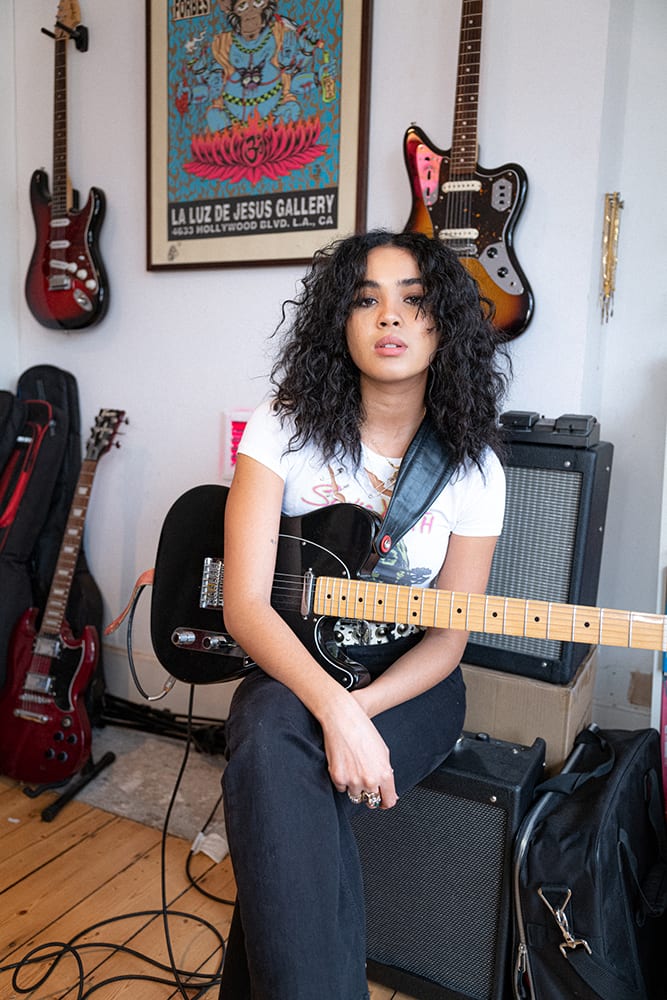
What is your earliest memory of music in your life?
I grew up in a really musical household in the sense that there was Prince playing in one speaker, System of a Down in another, and Patti Smith in another. One really big memory I have was I would spend a lot of time at secondary school in the studios they had. I remember writing and producing my first song and being like, “I can actually do this. It’s a decent song, a bit of a bop.”
I also remember being quite young and going into the studio and singing with my mom—she’s really cool. She’s not in the music world, she does fashion, but she dabbled in singing. And my dad’s friend was a producer, and got us into the studio. Music’s just always been a part of my life. I’ve always had it there, and I guess when I picked up the guitar around eight and wrote my first song when I was 10—which you know, that stays far hidden [laughs]—and having that freedom to write my own music… Writing that first song did it for me. I knew that this is what I was good at. For me, it was like, I want to do something that I haven’t seen on the screens, a representative of me, and playing the guitar was a way of doing that.
And I still have that guitar. It’s been passed down to my eight-year-old brother now, so it’s still in the family. It’s a small Spanish Chantry nylon-string acoustic guitar. I still play on it, actually.
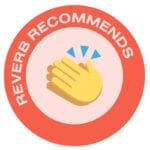
After guitar, I learned piano when I was like 12. I’ve always found it so much easier to write on guitar. It’s just so much more accessible to me. It’s more personal for me, and easier to navigate in a sense: you can play power chords, and it can give you the basis of the vibe you want. I just love the power that it has, the sound, the timbre. It automatically puts me in the world of indie and rock, and that’s the music I’m into, so I think that’s why I’m drawn to it a lot more.
What did the initial process look like when you first started learning to play guitar?
It was lessons at first, and it quickly became self-taught. I loved the teachers that I had, but having YouTube meant I could go on a journey with the things I wanted to learn. It was more tailored to me. So I was self-taught up until I attended BRIT, and that’s when my playing ability got a lot better. At the time I was not very confident [in my playing] so I didn’t really play guitar in BRIT, I would only sing. After leaving BRIT in 2018 is when the frustration and angst came, because I was like, “I can play, and all I need to do is practice.” You can do it, and you will have the ability to write whatever you want and the ability to explore so many more avenues. So, that’s why I started playing more, because of the frustration of not being encouraged to play it so much in school.
No shade to BRIT—I loved it there. I focused on who I wanted to be as an artist, and the sound I wanted to create. I always loved rock and guitar music, but going to BRIT hashed that out again. So naturally, leaving BRIT, I wanted to be able to play this music and confidently solo on stage. I was grinding to find any sessions I could. Out of the frustration I’d go home and be like, “This can’t be the way anymore. You need to practice your craft, get sick at producing, get sick at playing guitar, and come back and have a really confident idea of what you want to do as an artist.” The development of my guitar playing also came from meeting friends in bands, jamming with them, asking them how they played this chord…
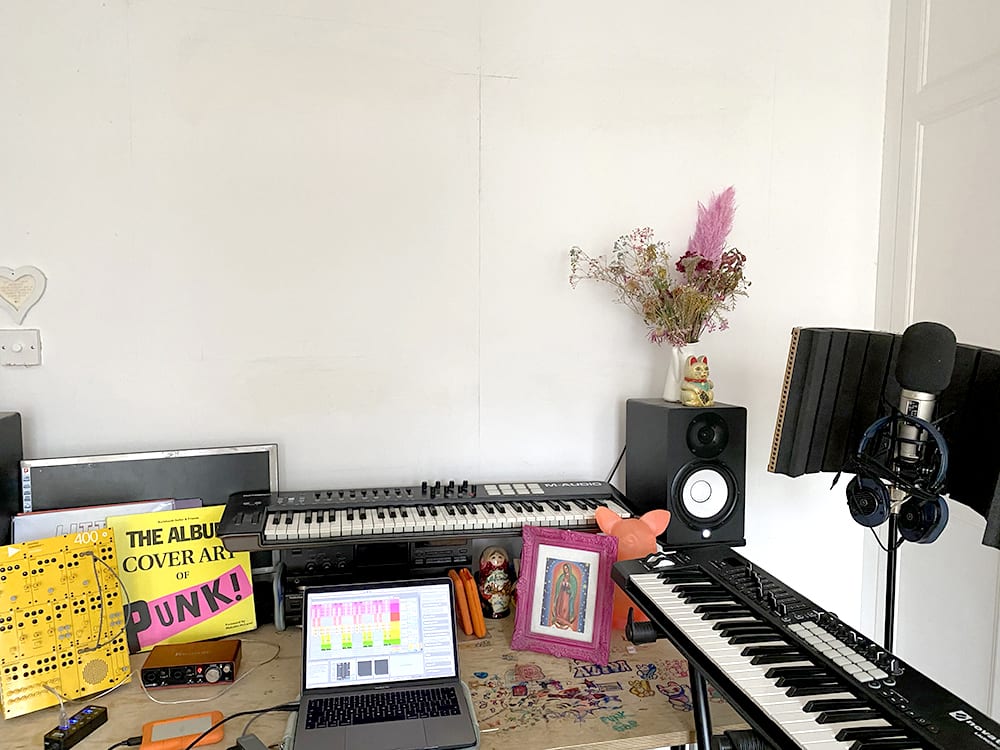
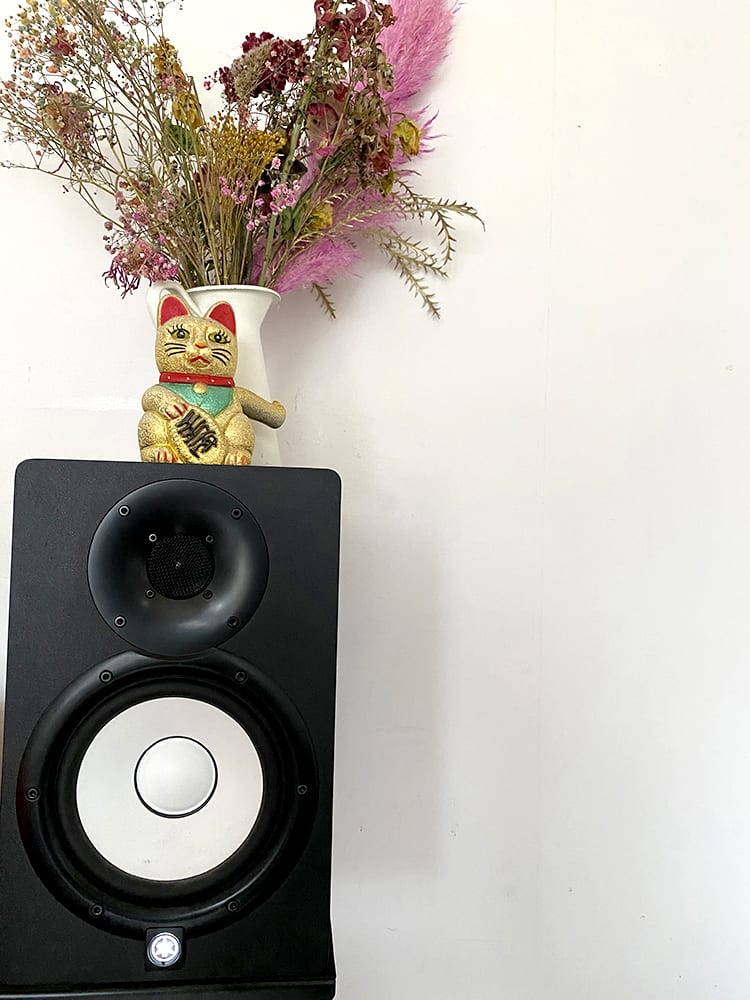
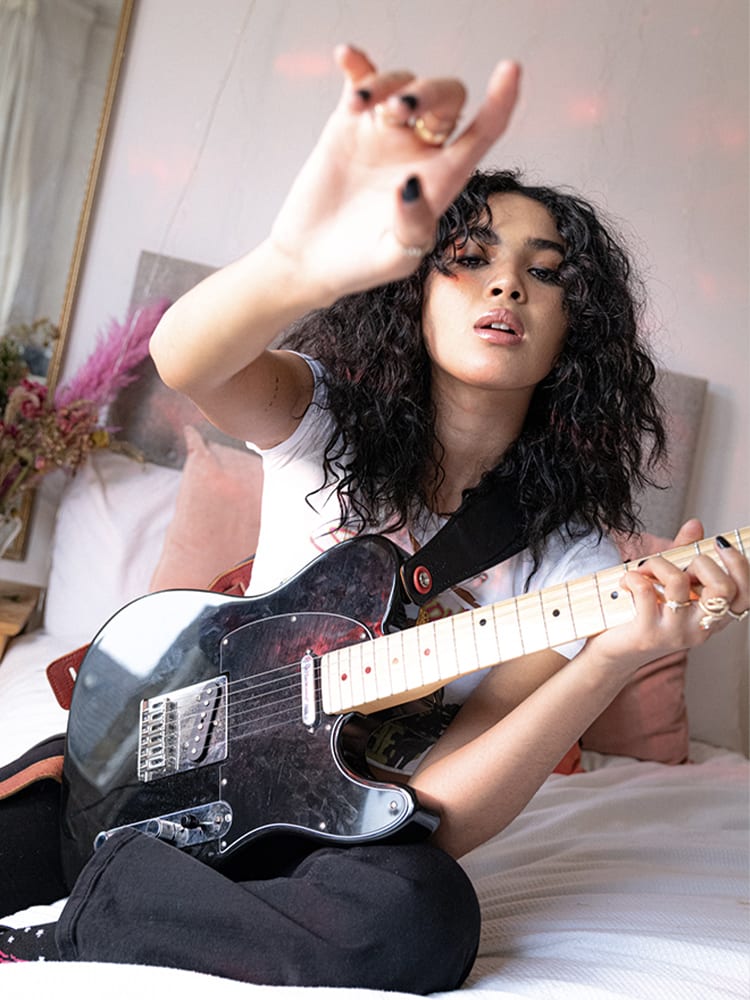
Your Instagram videos are so energetic, and there’s such a wide range of genres that you cover. Can you talk about the process of recording and filming?
I’ll never do a cover that strays from my sounds. Any cover I do, I want to make it my own so people start to hear my voice, the tones my voice and guitar has. For example, the Kate Bush song [“Babooshka”]: she’s a queen and she did that shit, so I didn’t have to do anything, but I asked myself, “What would I do if I wrote this song?”
In terms of gear for the videos, I use a M-Audio Oxygen 61 v4 keyboard (New from $229) because you can trigger different beats and loops. It’s really great if you’re starting out and triggering different sounds and drum beats, as it’s very responsive to touch. I use it for most of my videos—an OG piece of equipment!
I also use my Focusrite Scarlett 2i2 (New from $159 ; Used from $145) that is essential for plugging in the microphone and guitar. And then for a DAW I switch between Ableton Live 10 and Logic Pro X.
I usually use my Fender Jaguar (Used from $1050) for the covers—it’s my favorite guitar because I love the tone. It was one of those magic moments in any guitarist’s life where you go into the guitar store and it was gleaming, had a certain spark to it. It just felt right. I like tone that’s a bit obnoxious and sharp. I love warm jazzy tones, but for me, personally, to play the music I do, I prefer when it’s a bit sharper and pushes through the mid. Viv Albertine… I love how she describes in her book how she found her tone: she didn’t have a breadth of knowledge, she just knew that she wanted that sharp obnoxious tone, and I was thinking the same thing when I went into the guitar store.
I’m very blessed to play such an amazing amp like the Fender Hot Rod Deluxe (Used from $420). It’s my favorite—the sound is so vintage, rusty, and it’s got a good tone to it. You literally just need to turn the volume up to two and it’s blaring. I’ve also got a new Fender Mustang (New from $150 ; Used from $130) which Fender really nicely has given me. It’s deceivingly light, I can take it around with me all the time.
What other gear is essential to achieving your signature tone?
In terms of going straight through my amp, a ProCo RAT 2 pedal (Used from $131) does the job. This was my first pedal, a friend gave it to me, and to this day it’s still my favorite.
You recently co-produced a song with FKA Twigs’ producer Liam Howe. How has producing informed your songwriting? And what is some essential gear?
It was a progression from learning guitar. When I went into secondary, like I said, the studio was at our dispense. We actually had to produce for a grade, so from that I realized that this is quite straightforward: it’s daunting to look at, looks very robotic, but once you get into it it’s actually quite a fun process. At that point I didn’t know how to use plugins, I just knew this was a way of putting down audio. It was very self-taught, often asking my mates how to use plugins, developing the sound, trying to get better at creating my own tone. But the underlying reason for learning was so I could have a professional way of putting down ideas. Now it’s become an ambition to produce, write, and mix my whole body of work—that’s the goal, to do an album completely produced by me.
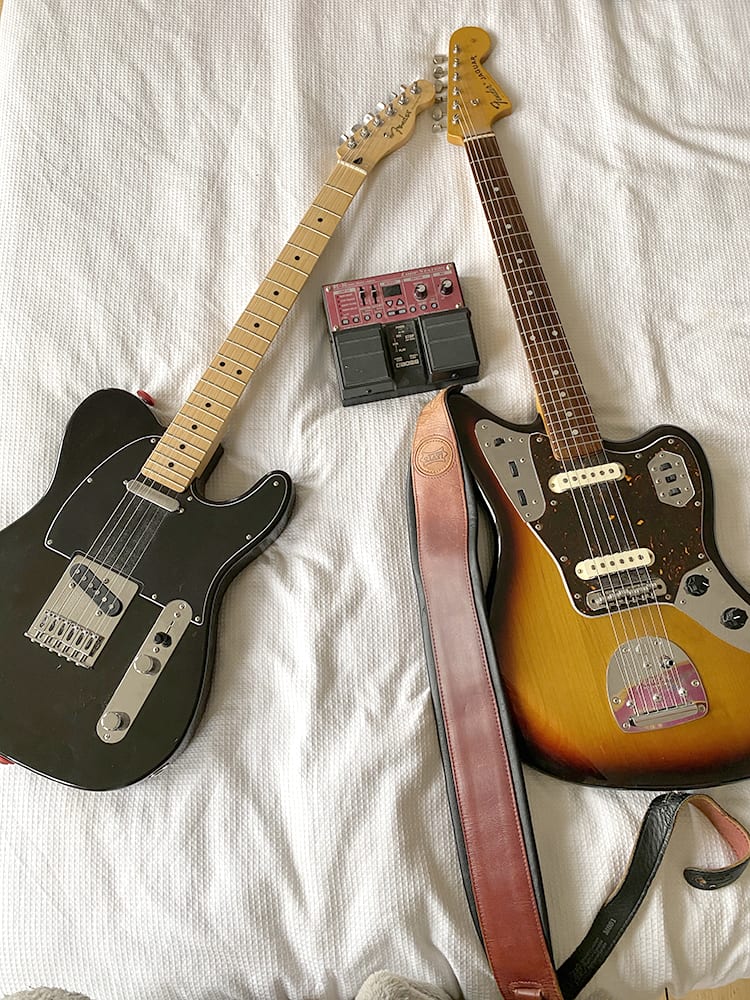
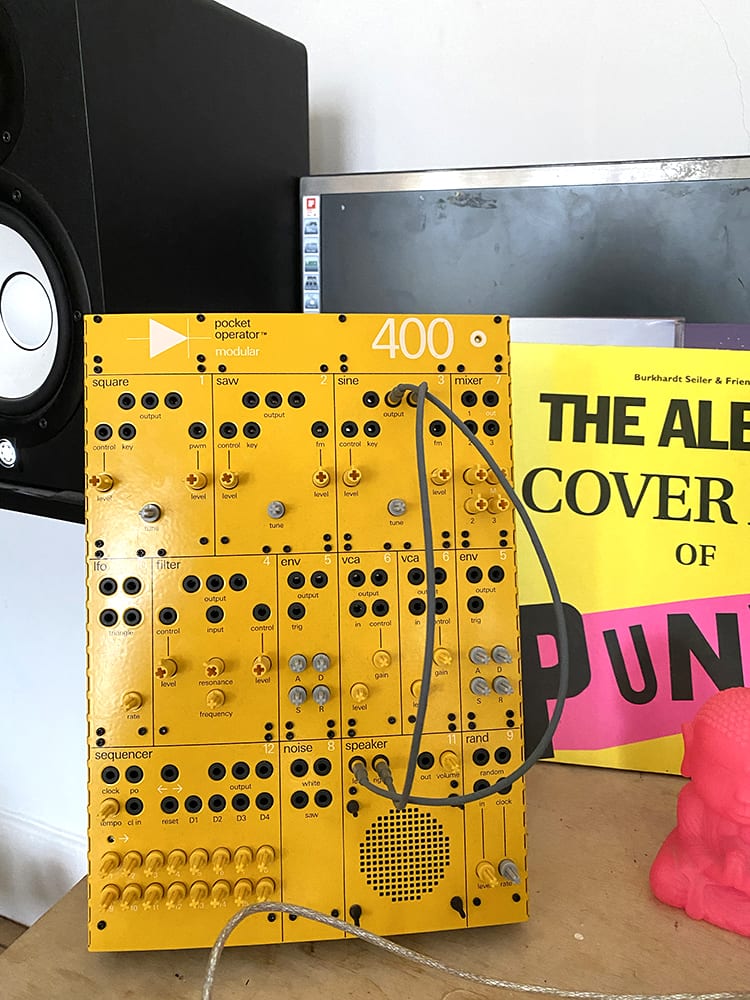
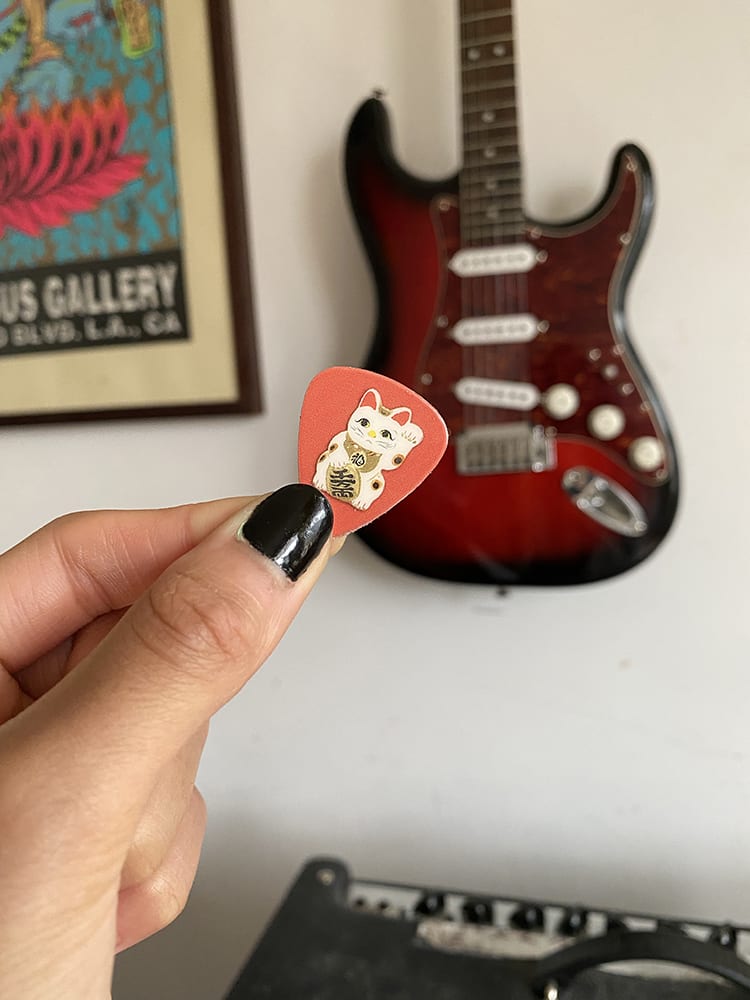
I have a home studio in my room, so it’s just my computer, my Yamaha HS8 Powered Studio Monitor speakers (New from $370 ; Used from $300), my M-Audio Oxygen 61 v4 keyboard (New from $229), and my RODE NT2-A Multi-Pattern Large Diaphragm Condenser Microphone (New from $399; Used from $269). It’s super basic, but that’s all you need. I wish I had synthesizers up to my neck, so the plugins are the main things for me. Most of them I get in session—I ask, “Yo, can I have that plugin?” So that’s how they’ve culminated.
A new thing that I got is the Teenage Engineering Pocket Operator Modular Synth 400 (New from $599 ; Used from $364). It’s a mini synthesizer, and that’s great fun. It saved me over lockdown because you have to build it yourself, like adult lego. I eventually want to have a studio that’s just packed full with old analog synths, so it’s a good place to start.
Last week you released your first single and video for “Slip!” What can we expect from you in the future?
My forthcoming music is quite colloquial, going on a journey of different relationships that I’ve experienced. Whether that be romantic or friendship or family, it dives into different dynamics of human life and interaction, and trying to work out as a 21-year-old girl how to navigate these situations. It’s very inspired by Tame Impala, but at the same time it’s heavily inspired by a lot of British indie ‘90s bands like Stone Roses, but then equally it’s got a bit of PJ Harvey. It’s quite a mix of sound, but it’s definitely a psych rock sound with a contemporary vocal on top.
Aziya’s Gear List
Chantry Spanish nylon-string guitar 1/2 size
Fender Jaguar 1967 Japanese remake
Fender Player Telecaster Series 2020
Fender Deluxe amp
Fender Mustang amp
M-Audio Oxygen 61 v4
Teenage Engineering Pocket Operator Modular Synth 400
Sound Toys Decapitator Analog Saturation Modeler
RAT distortion pedal (maybe an 1989 model as it has the mini jack power instead, which I believe is only on older versions)
Focusrite Scarlett 2i2 (3rd Gen)
Ableton Live 10
Logic Pro X
Yamaha HS8 Active Studio Monitor
Rode NT2-A Studio Condenser Microphone

You May Also Like
No related posts
No related posts
More posts
-
By: Geexella
-
By: Emily Harris
-
By: Fabi Reyna
-
By: Fabi Reyna
-
By: Cynthia Schemmer
-
By: She Shreds Staff
-
By: Celia Sagastume
-
By: Cynthia Schemmer
-
By: Cynthia Schemmer
-
By: Celia Sagastume
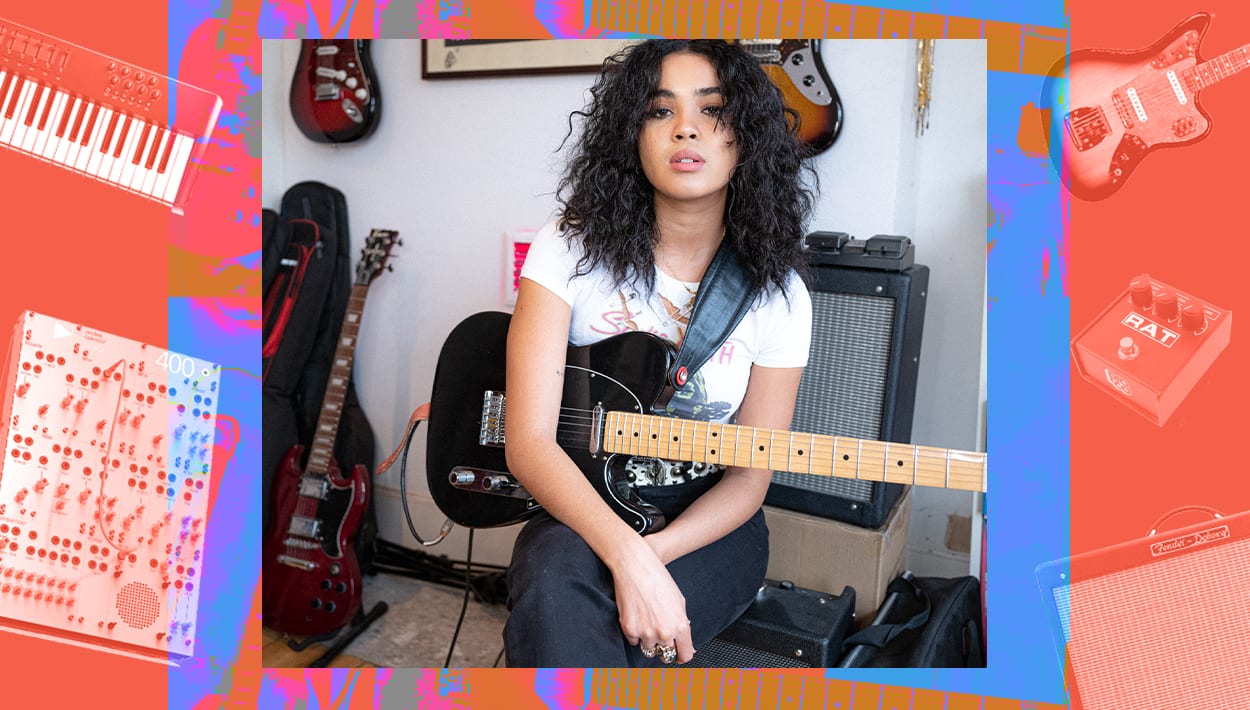
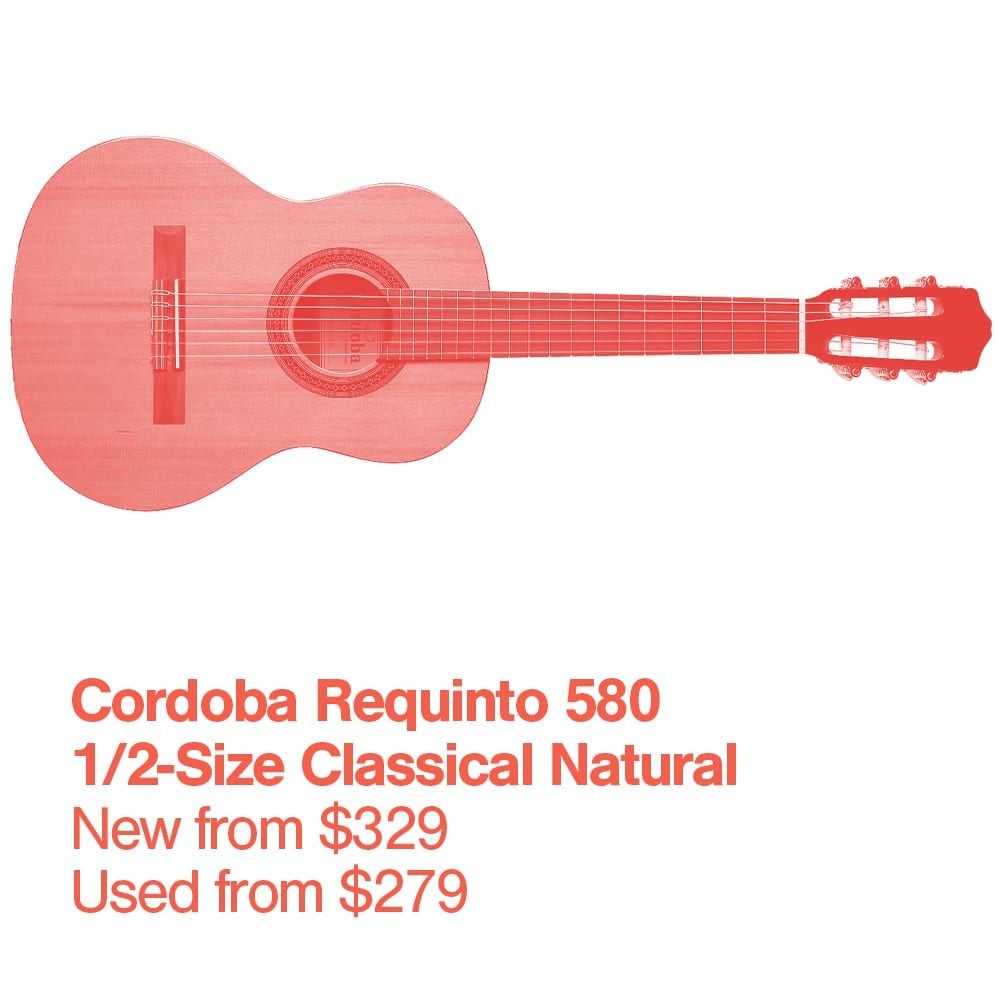
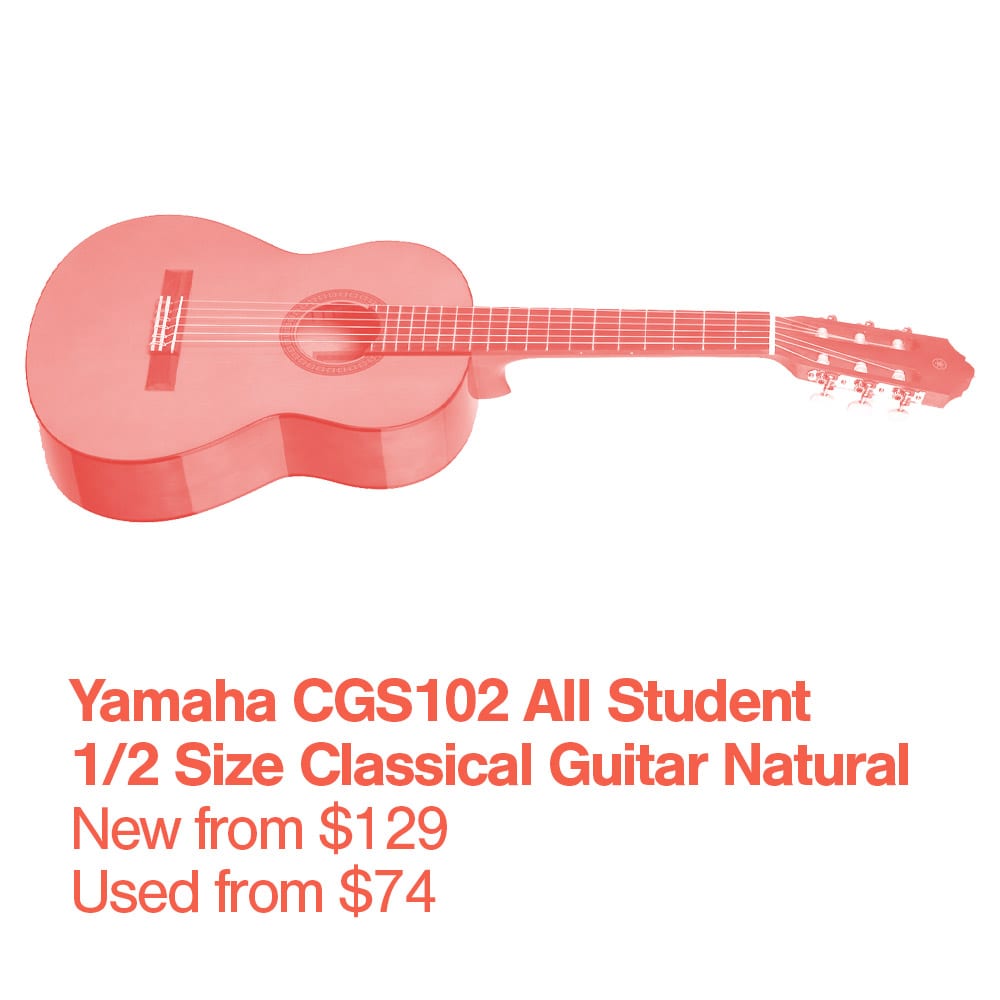
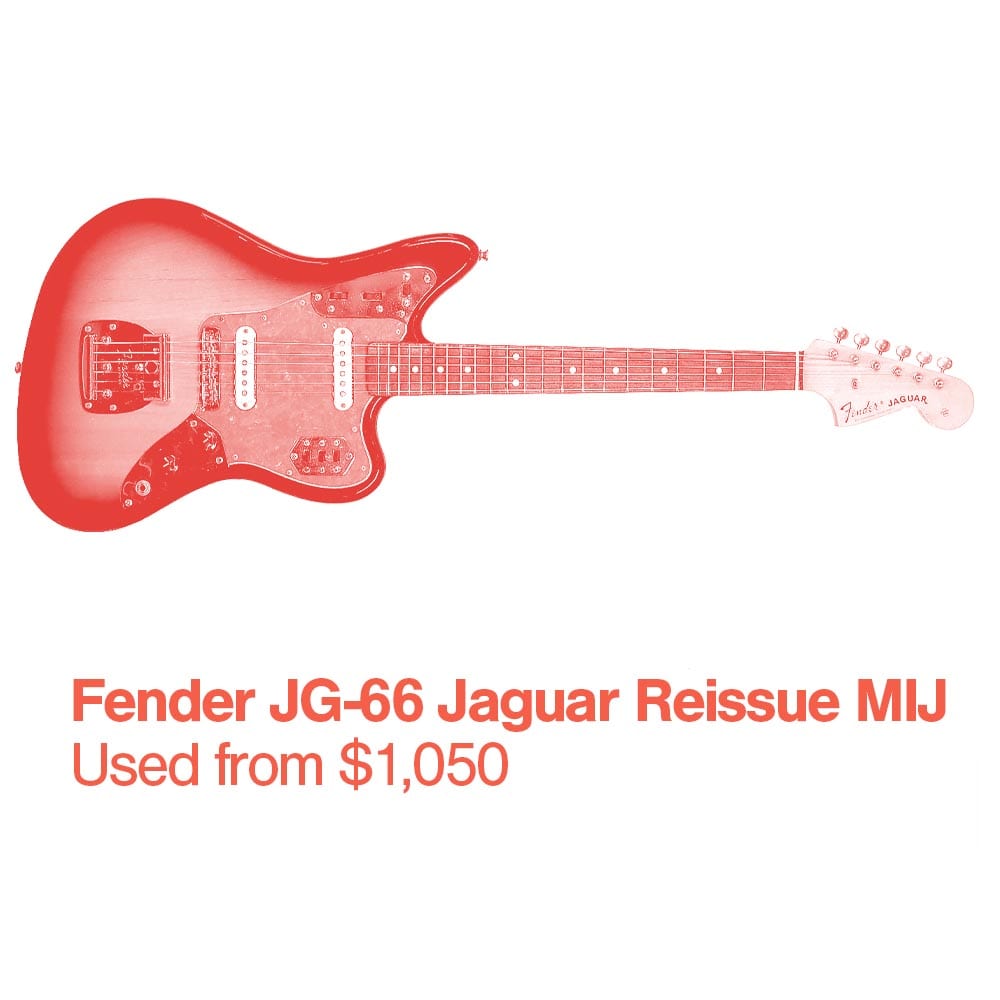
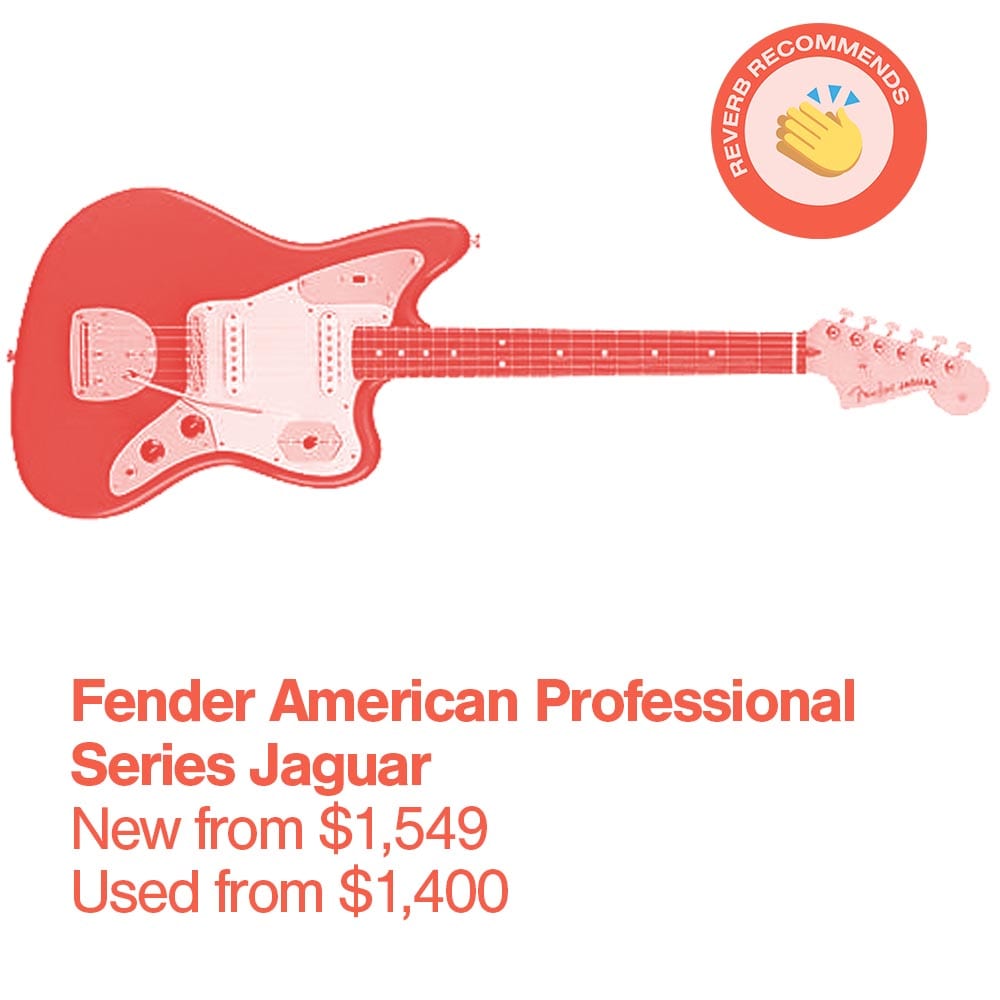
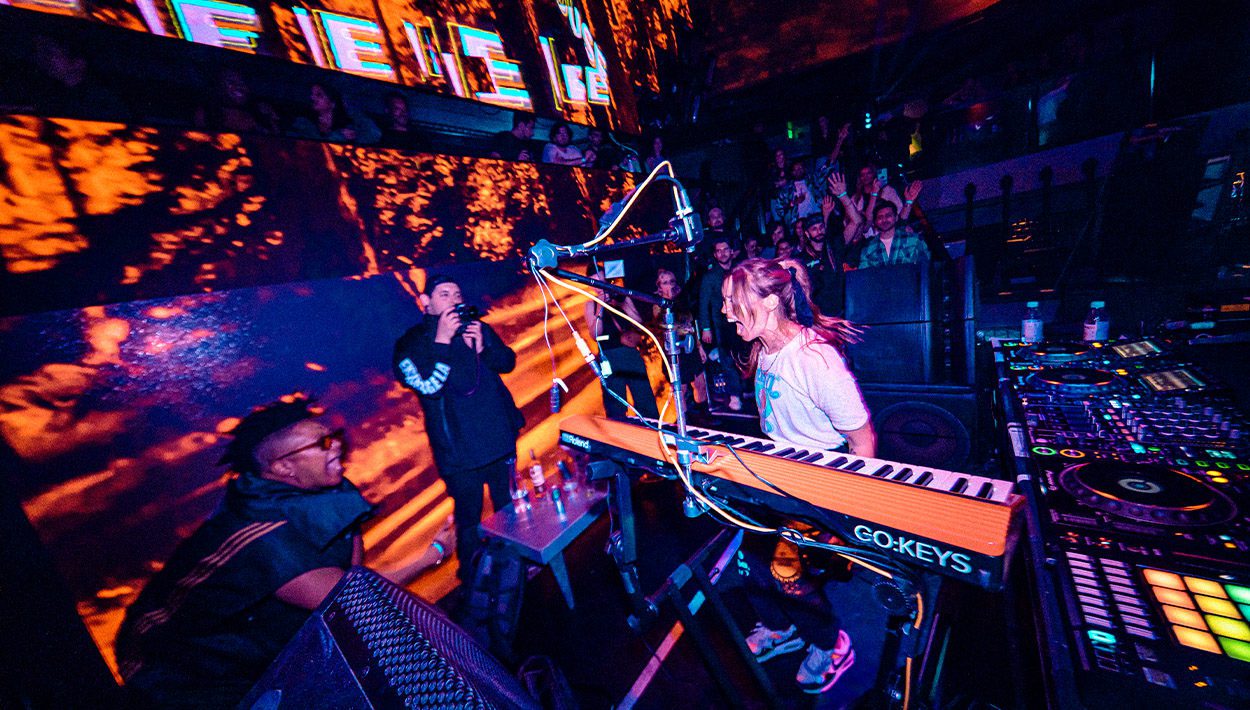
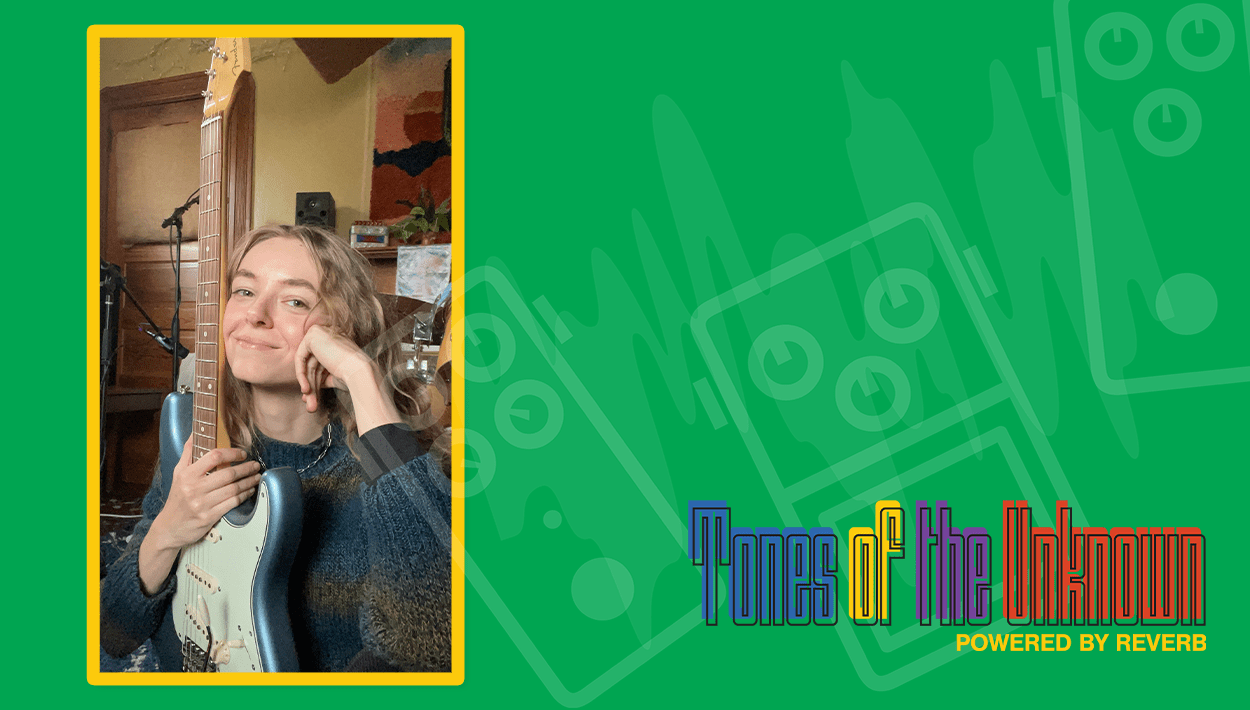
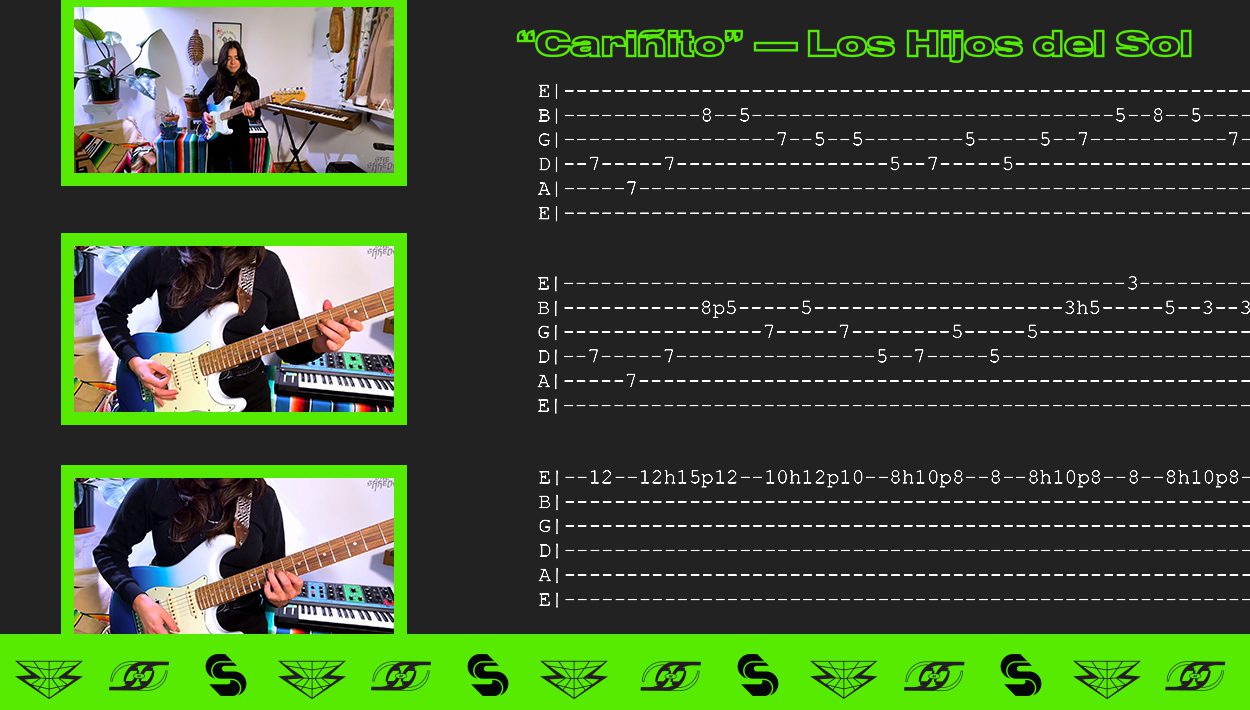
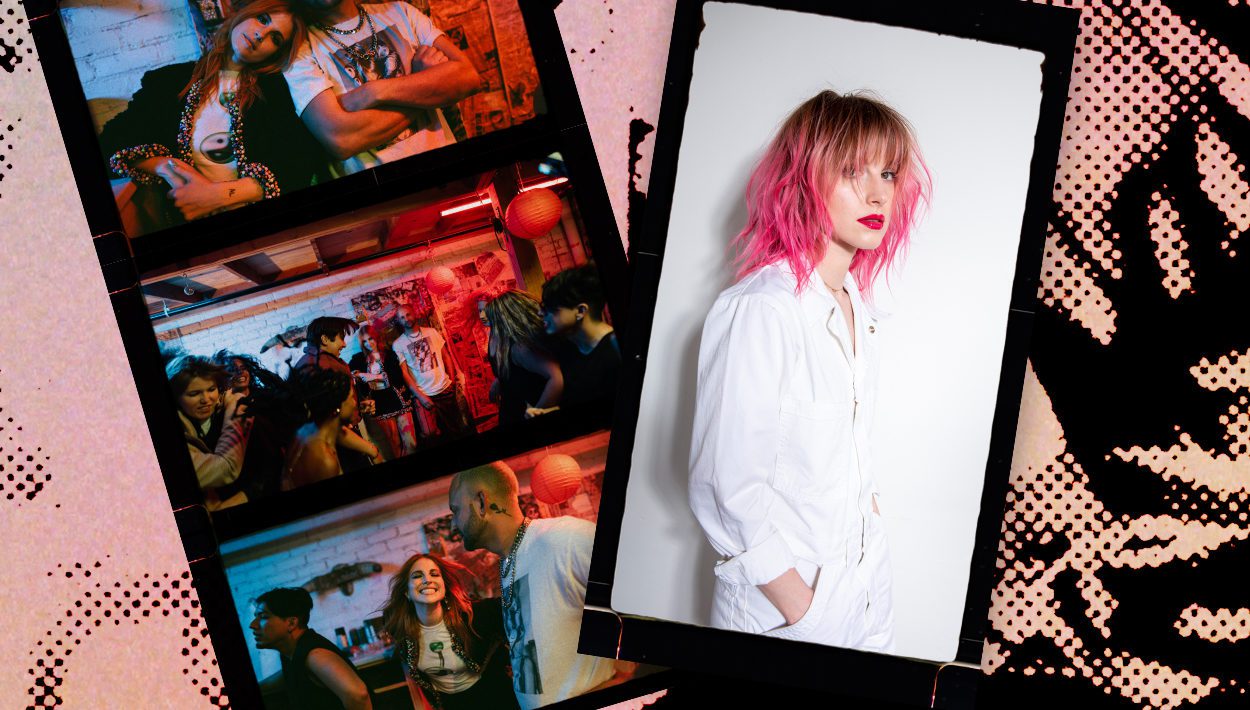

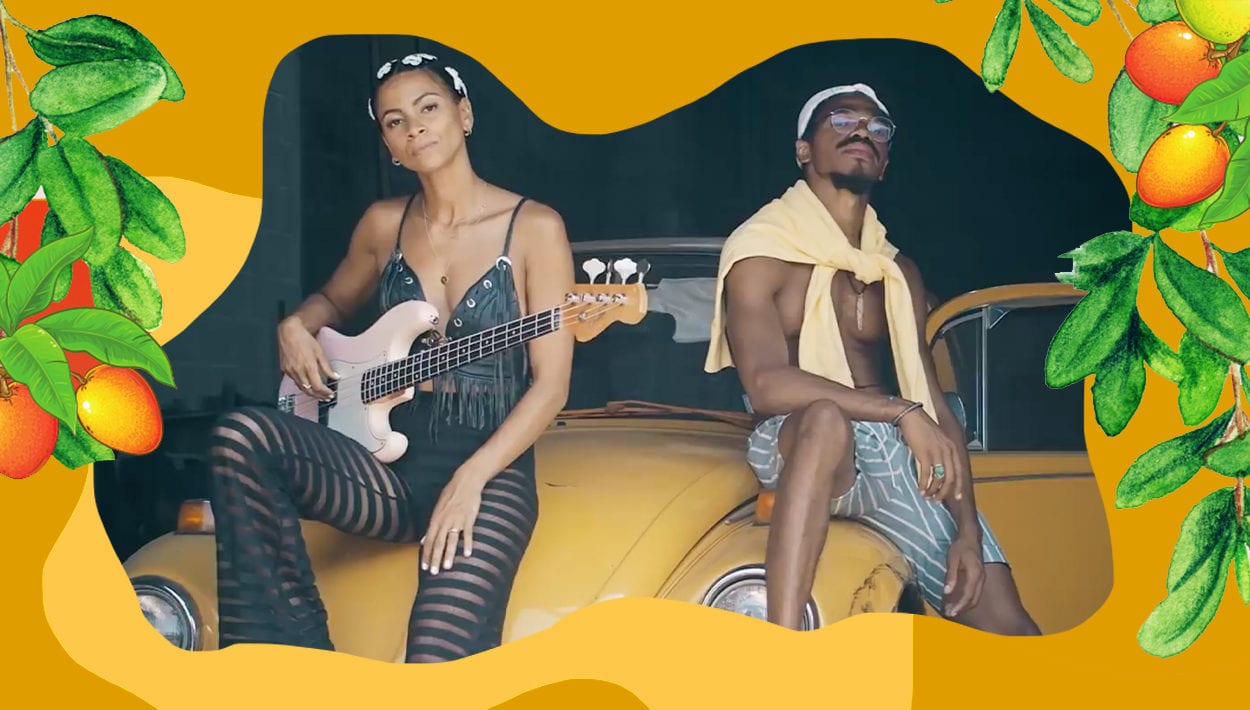
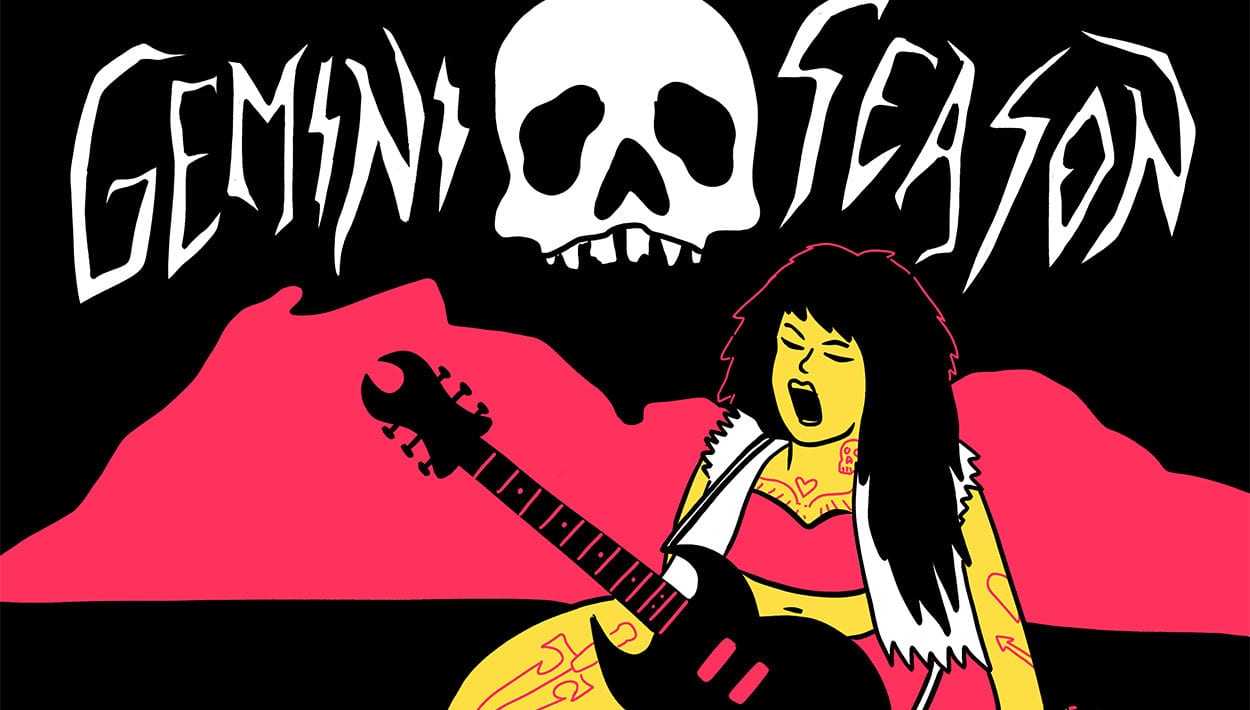

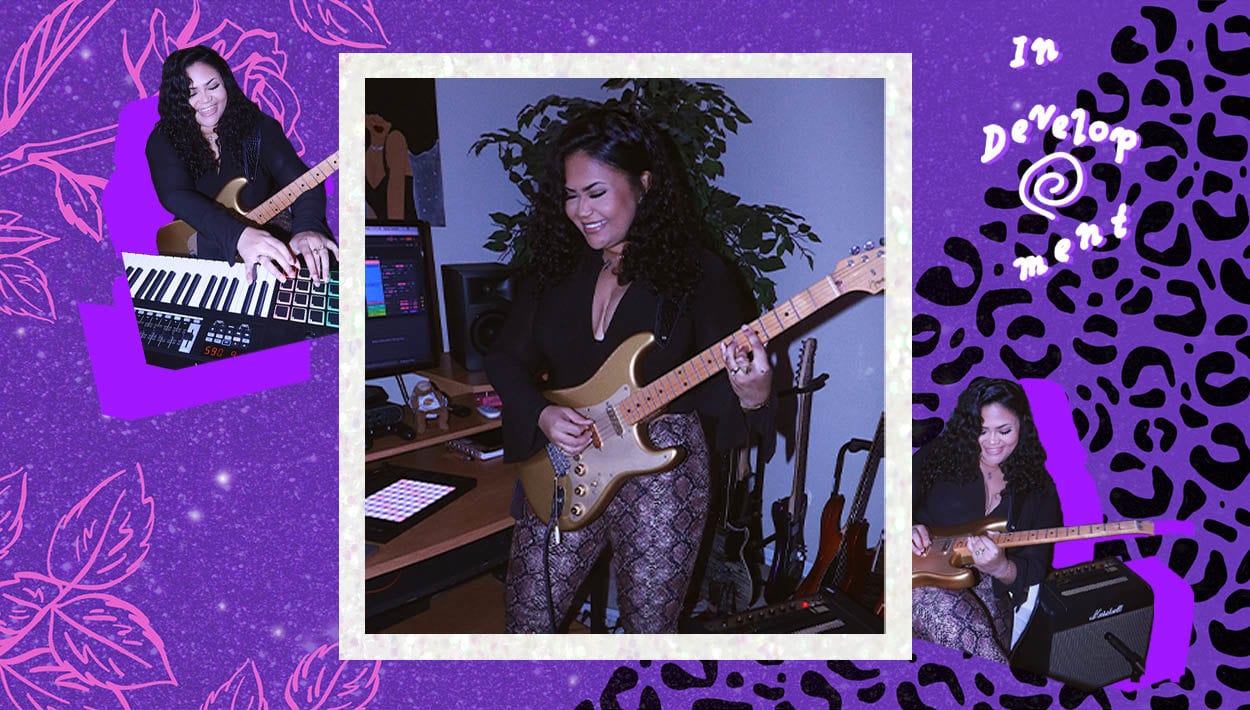
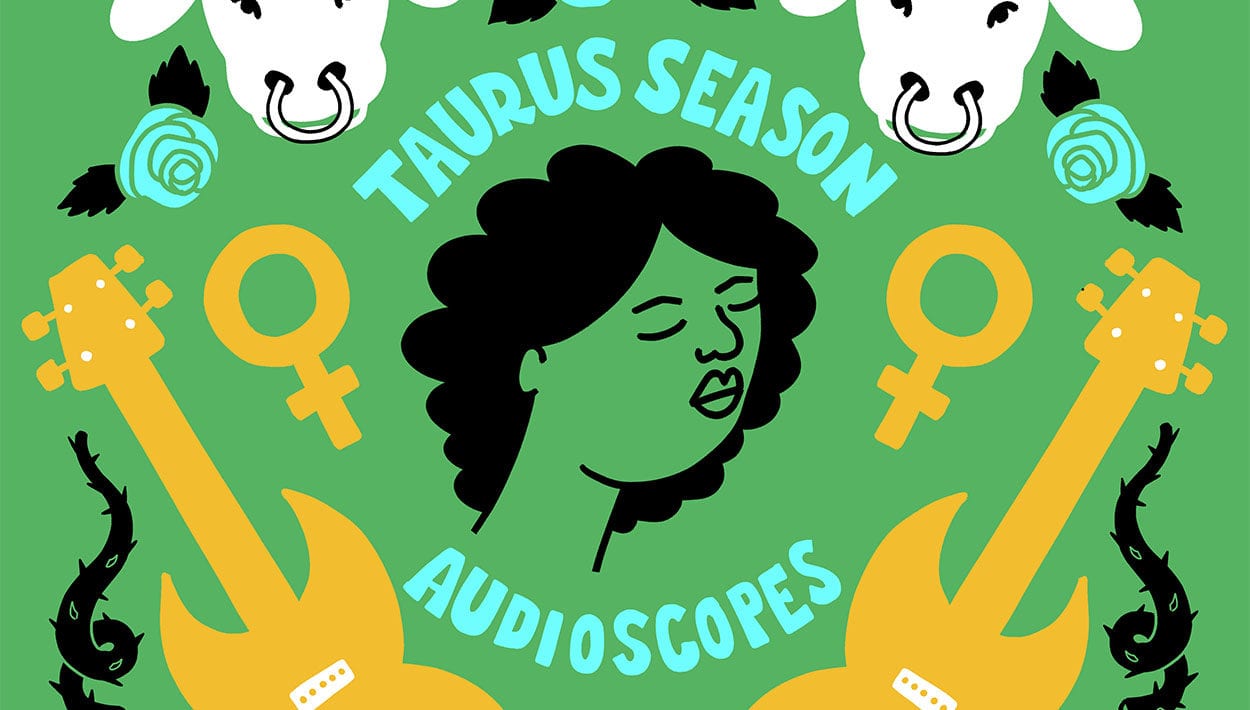


Comments
Your personal experienceMindfully using our emotions as data about our inner state and knowing when it’s better to de-escalate by taking a time out are great https://testmyspeed.onl/ tools.
Comment by Kasseyy Sk on June 3, 2021 at 3:38 amWe assure that we prioritize quality and productivity so that no student https://grademiners.com/ has any complaints regarding our website. This is abest writing website for essaysare available to you now.
Comment by Logan628 on October 16, 2021 at 4:53 amI am a professional resume examples writer. I specialize in creating resumes that get results – from helping you land the job you want to boost your chances of a promotion. With my help, you can make sure that your resume stands out from the crowd. Get started today and take your career to the next level!
Comment by Rebecca McGuiness on December 8, 2022 at 6:34 amAn intriguing idea, there is much discussion about guitar construction, including which woods to use, which pickups to install, and so on.
Comment by Drive Mad on June 22, 2023 at 2:22 am